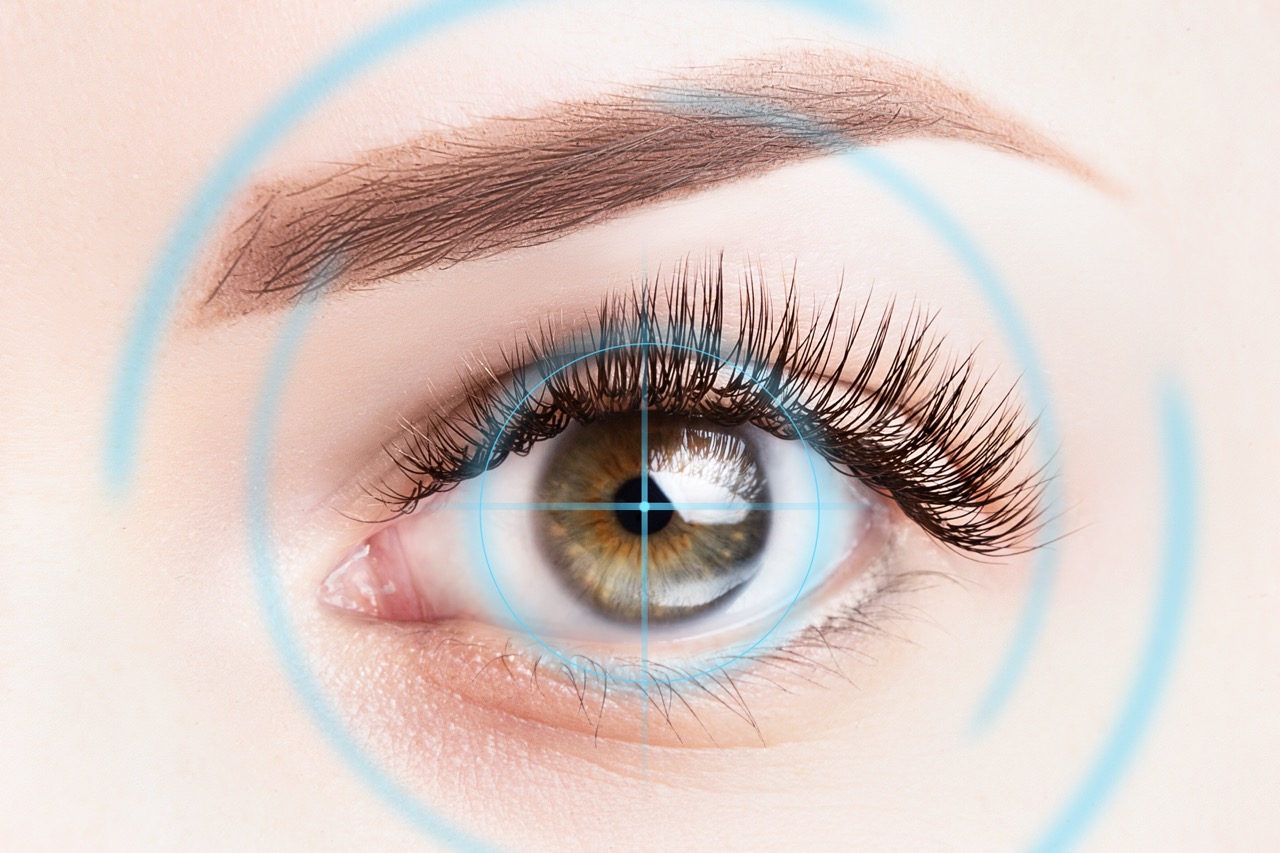A type of laser eye surgery that corrects refractive errors, such as nearsightedness (myopia), farsightedness (hyperopia), and astigmatism.

LASIK (Laser-Assisted in Situ Keratomileusis) is a popular laser eye surgery used to correct vision problems, such as nearsightedness (myopia), farsightedness (hyperopia), and astigmatism. The goal of LASIK is to reduce or eliminate the need for eyeglasses or contact lenses by reshaping the cornea, the clear front part of the eye, to improve how light is focused onto the retina.
Risks and Considerations
It can take up to three to six months for your vision to stabilize. During this time, you may experience fluctuations in your vision, glare, halos, or difficulty driving at night. Results will vary but the expectation is to have clear vision in the distance without the need for glasses and/or contact lenses.
A doctor programs information into a computer that controls the laser to remove small amounts of corneal tissue in rapid pulses.
The STAR S4 has a 3D active track that follows the eye's movements to ensure accuracy. It also has Iris Registration (IR), which is a non-contact method to align the treatment to the cornea.
The STAR S4 is used in laser eye surgery procedures like LASIK (Laser Supported In Place Keratomileusis) and PRK (Photorefractive Keratectomy).
Overall, LASIK is a safe, effective, and widely used procedure for vision correction, though it’s important for individuals to have a comprehensive eye evaluation to determine if it’s the right option for them.